The headline in a section of The Guardian Online caught my eye: “The Cartier-Bresson of the East: Fan Ho’s Hong Kong in pictures”. The Guardian story relates the background to a local photographer’s exhibition of Fan Ho’s photos at the Blue Lotus Gallery in Hong Kong, which ran late last year.
Ho’s images prove that the headline is not hyperbole. They really are outstanding, and although the narrative says that Fan Ho’s father gave him a Rolleiflex at the start of his photographic career, I would like to think that he switched to using a Leica later…
Certainly, in Hong Kong he enjoyed a city at a time when there were thousands of photo opportunities.
I was fortunate to travel to Hong Kong on business for the first time in 1974. I flew into the amazing Kai Tak airport on a Cathay Pacific Boeing 707. Kai Tak was nominated as the world’s scariest airport, and today veteran pilots still talk about landing at Kai Tak as the most challenging landing of their careers.
The following images were taken by me at various times…
The whole city was amazing to me. Of course, at that time, it was still a British colony, and its official title was the Crown Colony of Hong Kong. British civil servants oversaw the administration, and the city was well established as the financial hub of the Far East. Thousands of expats — British, Australian, American and Canadian — worked in financial services and other administrative areas.
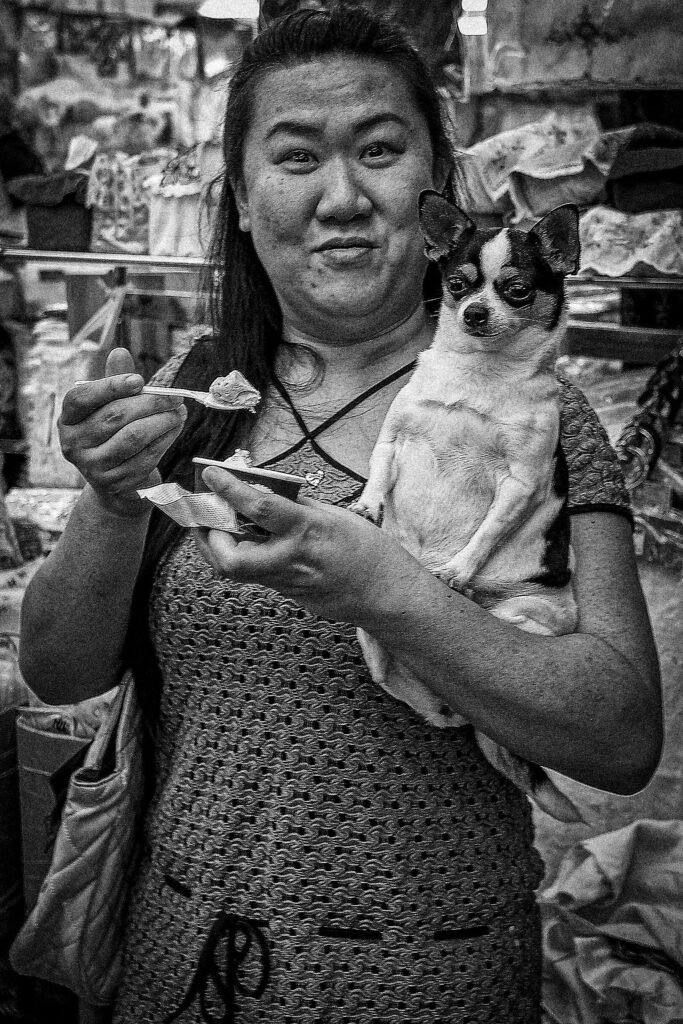
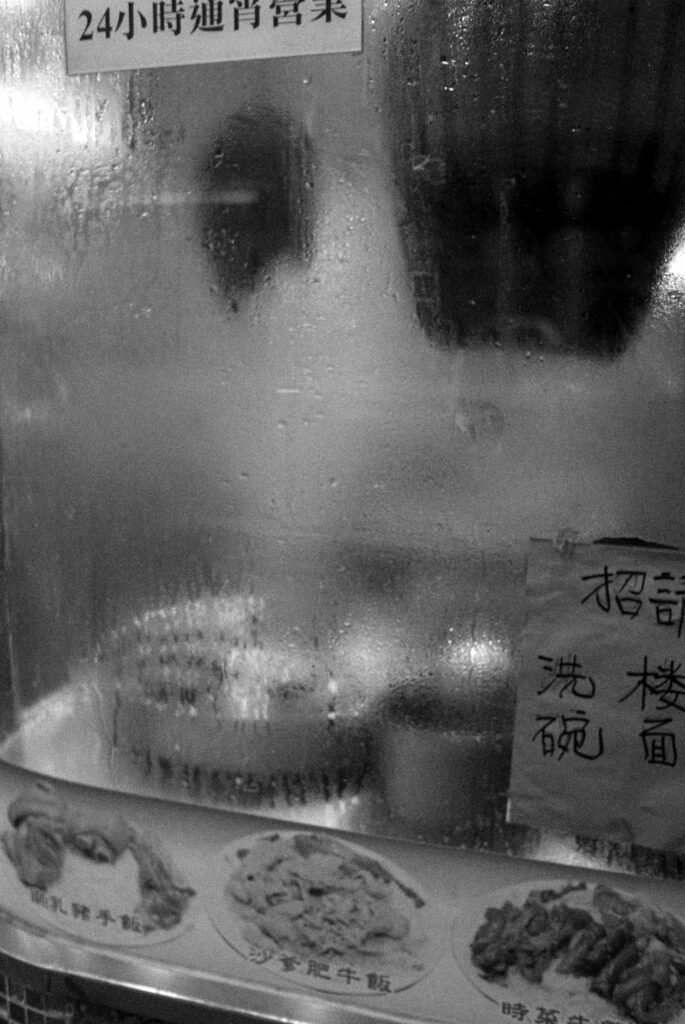
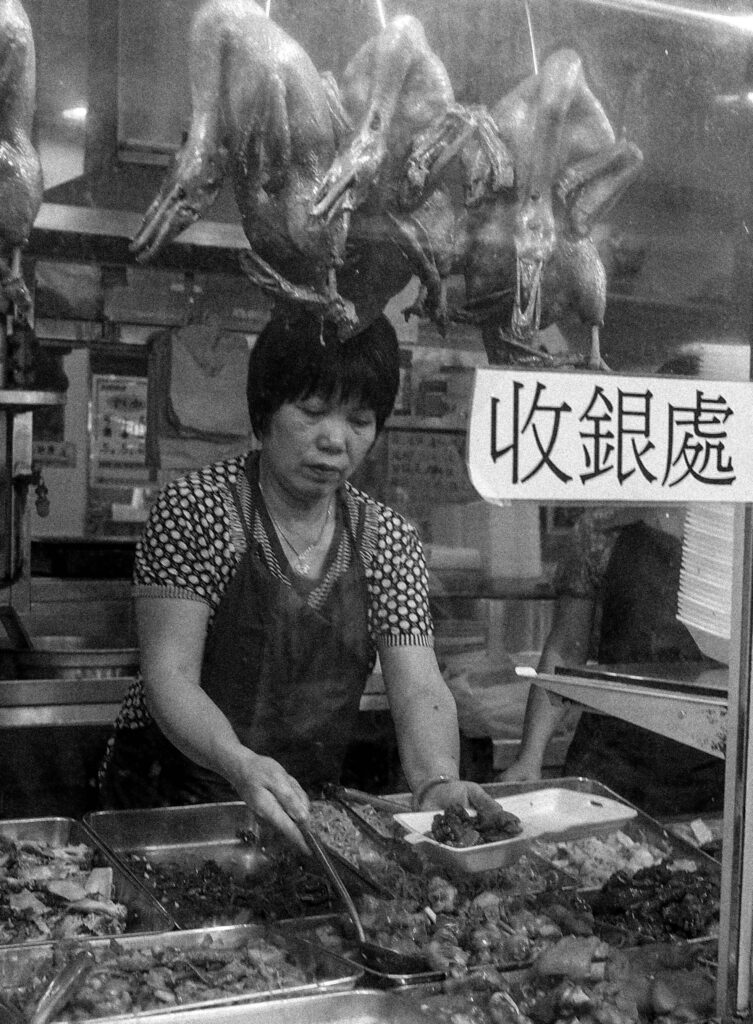
Stiff upper lips
The city was very much Chinese with a British twist. The Union Jack was above the public buildings, and the streets were still full of British cars —Morris and Austin taxis in particular — and vans. Then, as now, traffic in Hong Kong drives on the left (the “right side of the road” according to the Brits). The buses were double-decker Leylands, prowling the streets in so many gusts of black diesel fumes.
The iconic narrow-gauge trams clattered the full length of Hong Kong island, with a spur to Happy Valley and the quintessentially British Hong Kong Jockey Club. The trams are still plying their trade and are known affectionately by the locals as the Ding-Ding.
Despite all this, the first Datsun and Toyota taxis had just appeared. They were the thin end of what turned out to be a very big wedge. The British car manufacturers and their local importers were complacent. By the time they woke up to what was happening, the Japanese manufacturers had eaten both their lunch and their dinner.
Suit and tie
At the time, none of this troubled the ex-pat diners at the wonderful Hong Kong Club, where I was taken to lunch one day. It was a strictly suit-and-tie sort of place, although the only cooling was by means of ceiling fans. And it was August — midsummer in this most humid of cities. The roast beef was carved on a silver trolley by Chinese waiters. I sweated freely.
Although I had a hectic work schedule, I did find time to wander the backstreets of Kowloon on a couple of afternoons. There were photo opportunities everywhere. The streets teamed with life — hawkers squatting on the pavement, produce loaded on handcarts, food being prepared on the street. It was an amazing, vibrant city.
But the sad part is that although I did have a camera with me — an Olympus half-frame — I took very few photos. I had this weird notion that I would return at a future date, and it would still be the same.
Turning point
Well, I did go back many times, often for pleasure. And although it was still a fantastic city, the 1970s marked the turning point. Globalisation started to eat away at the edges of Hong Kong’s unique character, and over the years, it has gradually become just another world city.
Today, of course, it is part of China, and the “Britishness” is fading fast. They still drive on the left, though, and many of the street signs remind the Briton of home. And those double-decker buses would be completely at home in London after a restorative coat of red paint. Preservation also is being looked after — epitomised by the campaign to retain the old British pillar boxes in the face of Sinicisation.
I have not been back to Hong Kong since 2014, but between 1974 and then, I did manage to take a few pictures there. Many have been lost along the way. This accompanying selection is my personal tribute to the master, Fan Ho, the Cartier-Bresson of the East.
The photos were taken variously on a Leica M6 or a Leica X1.
Read more from John Shington and visit his blog, The Rolling Road
Want to contribute an article to Macfilos? It’s easy. Just click the “Write for Us” button. We’ll help with the writing and guide you through the process.

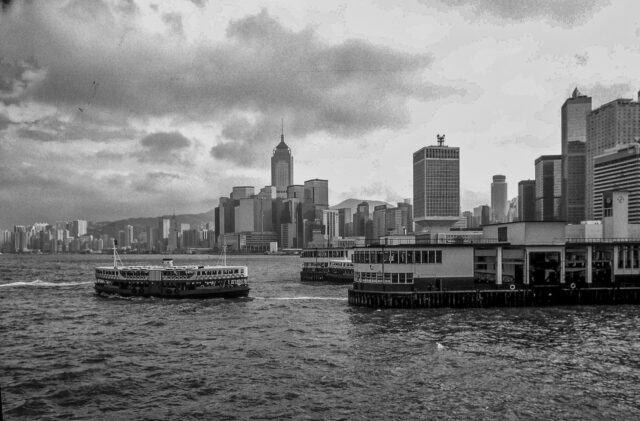
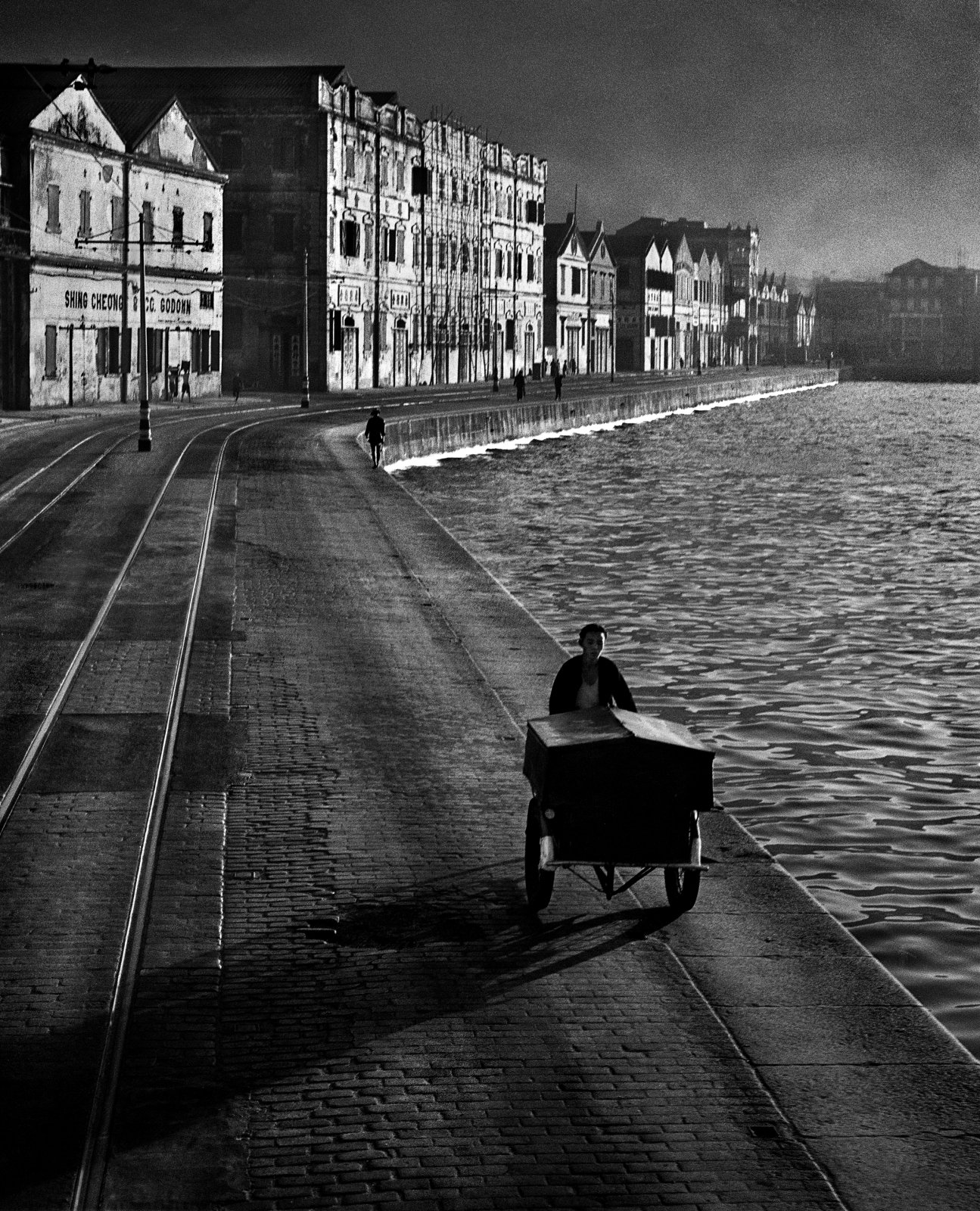
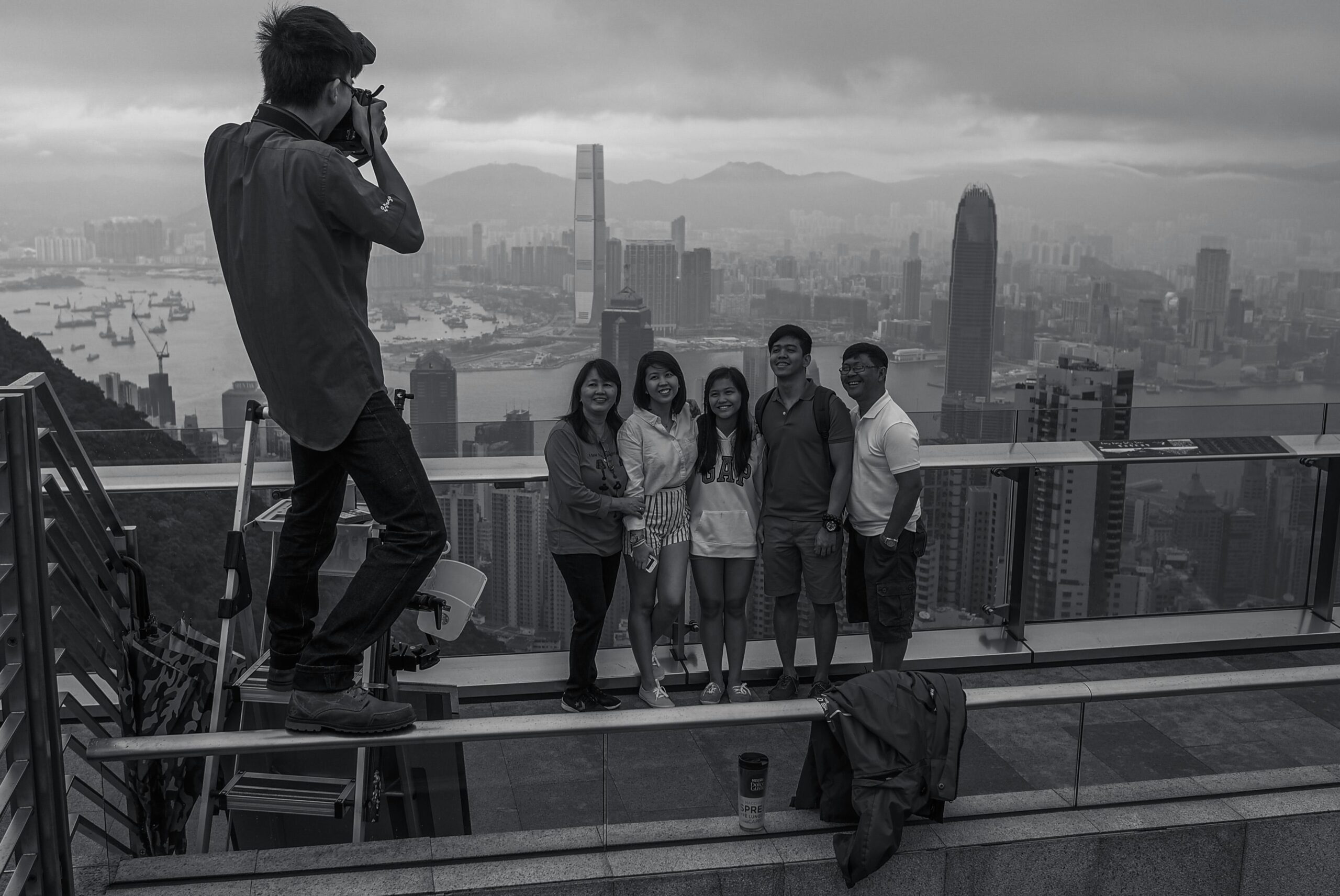
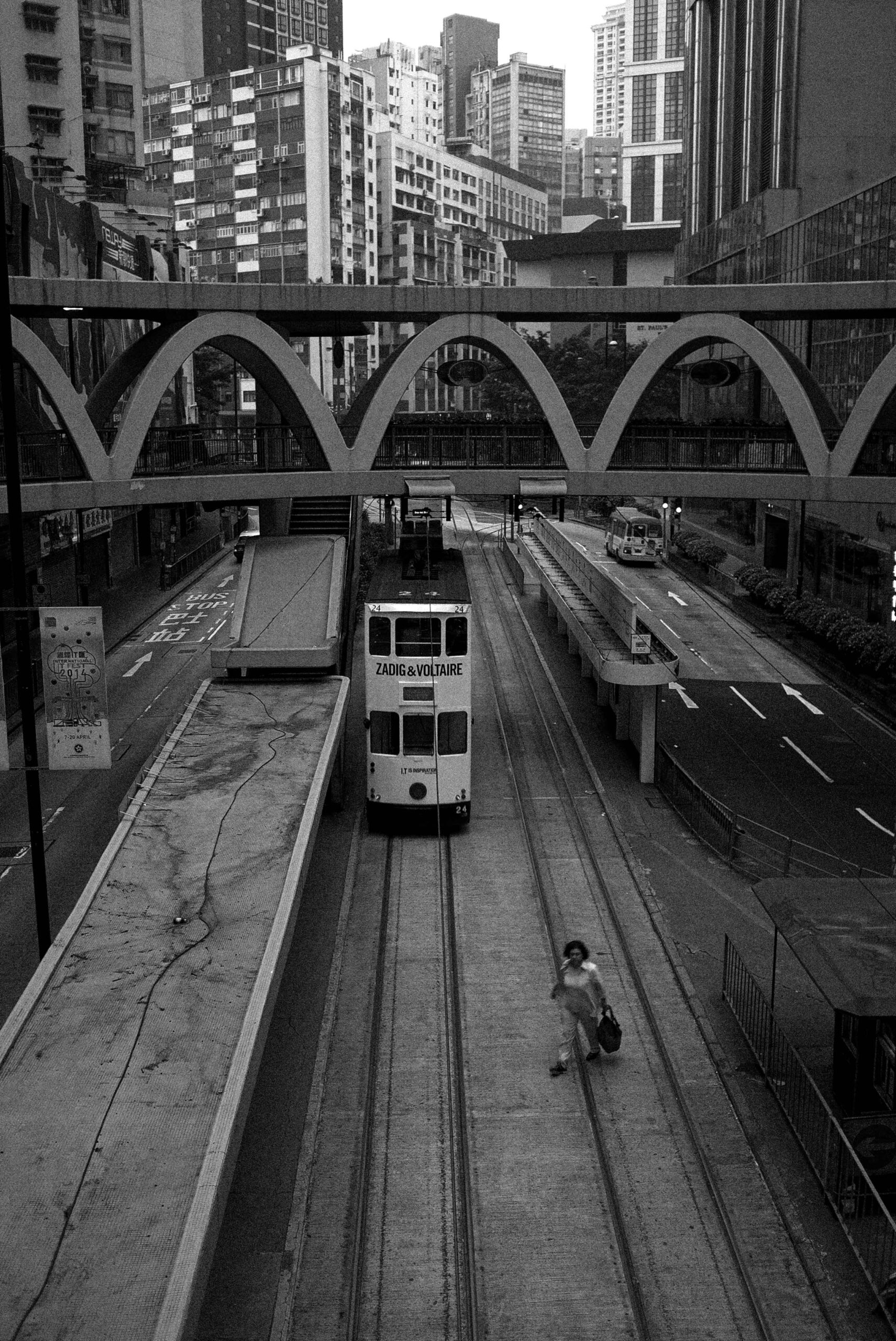
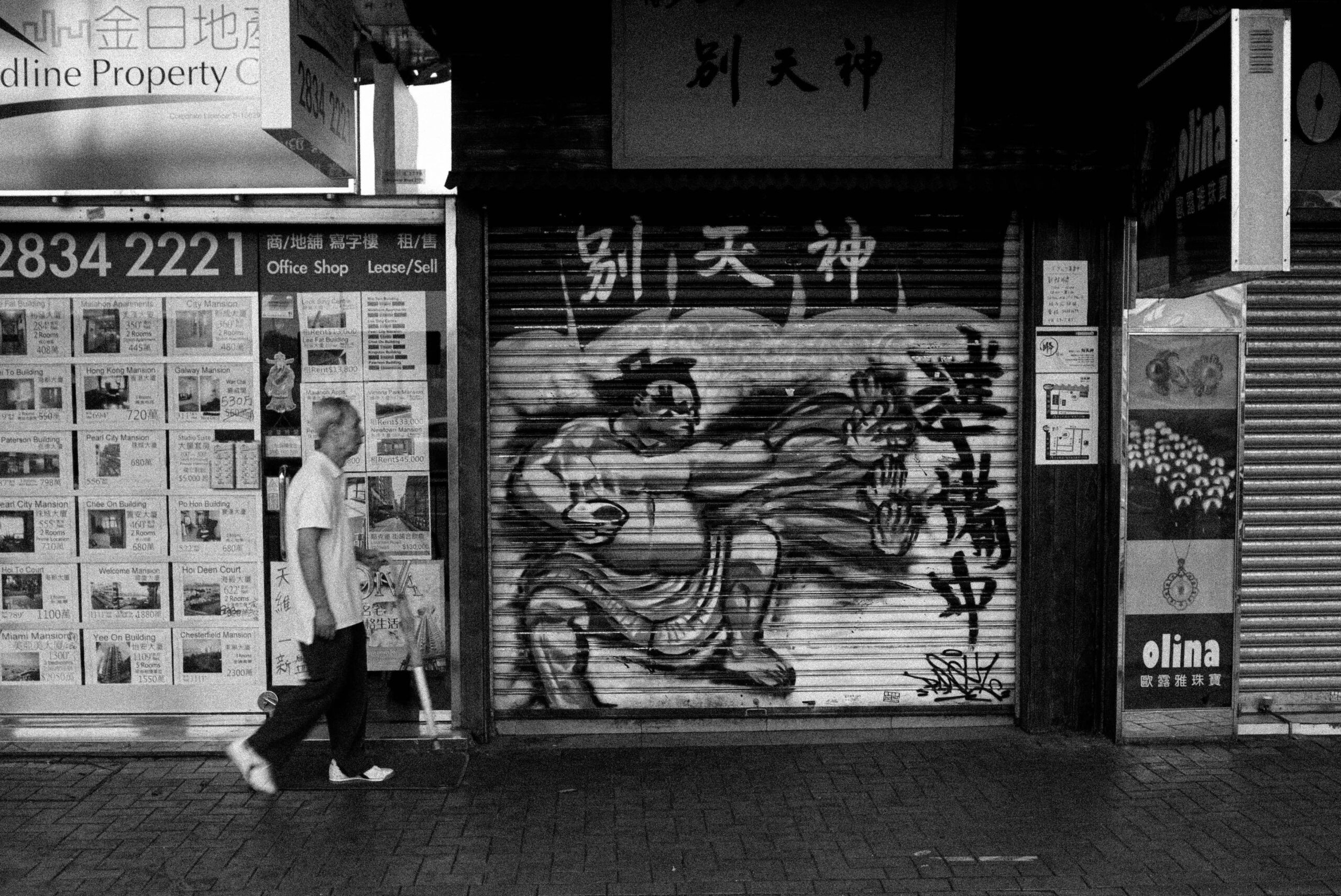


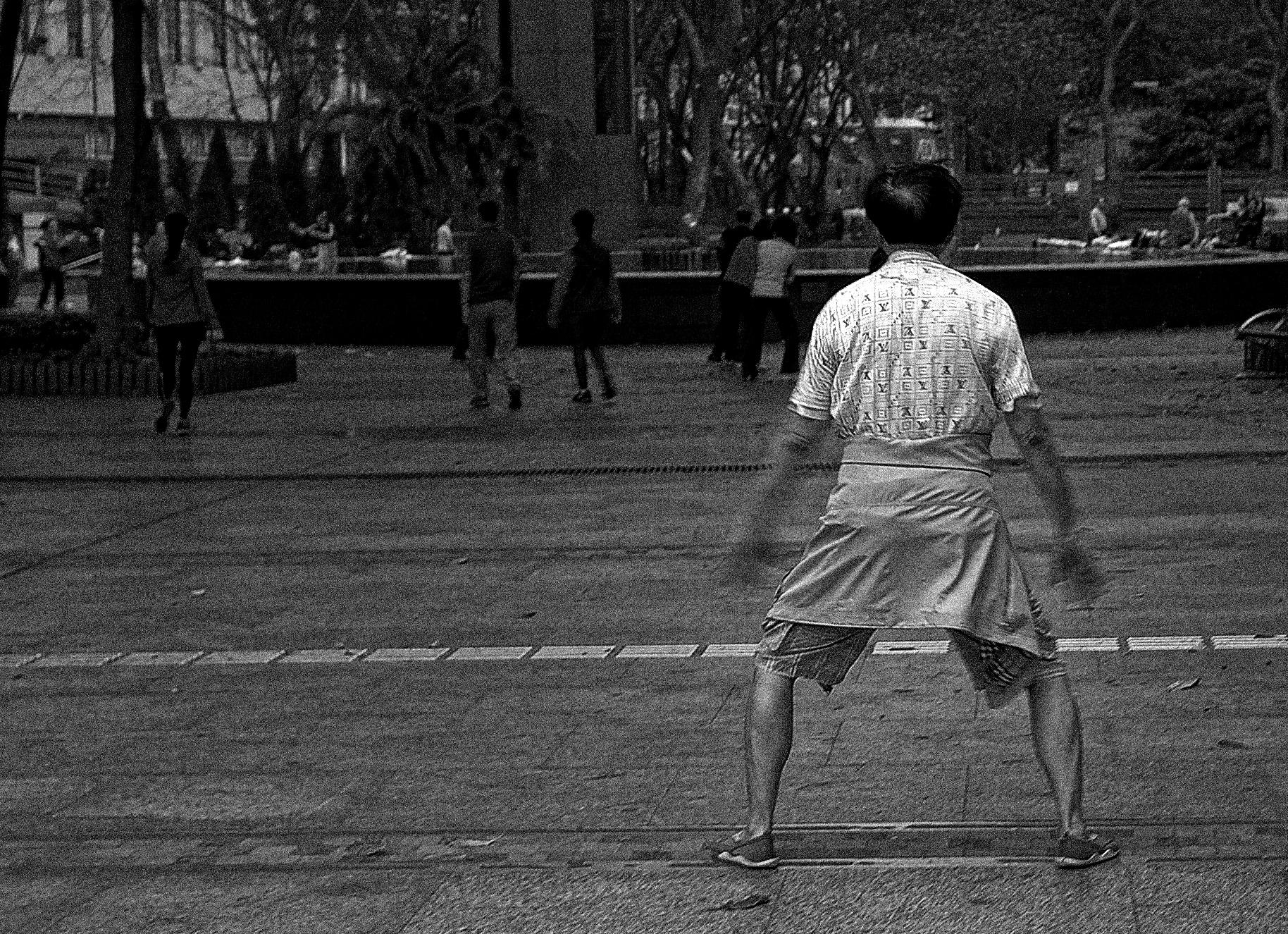
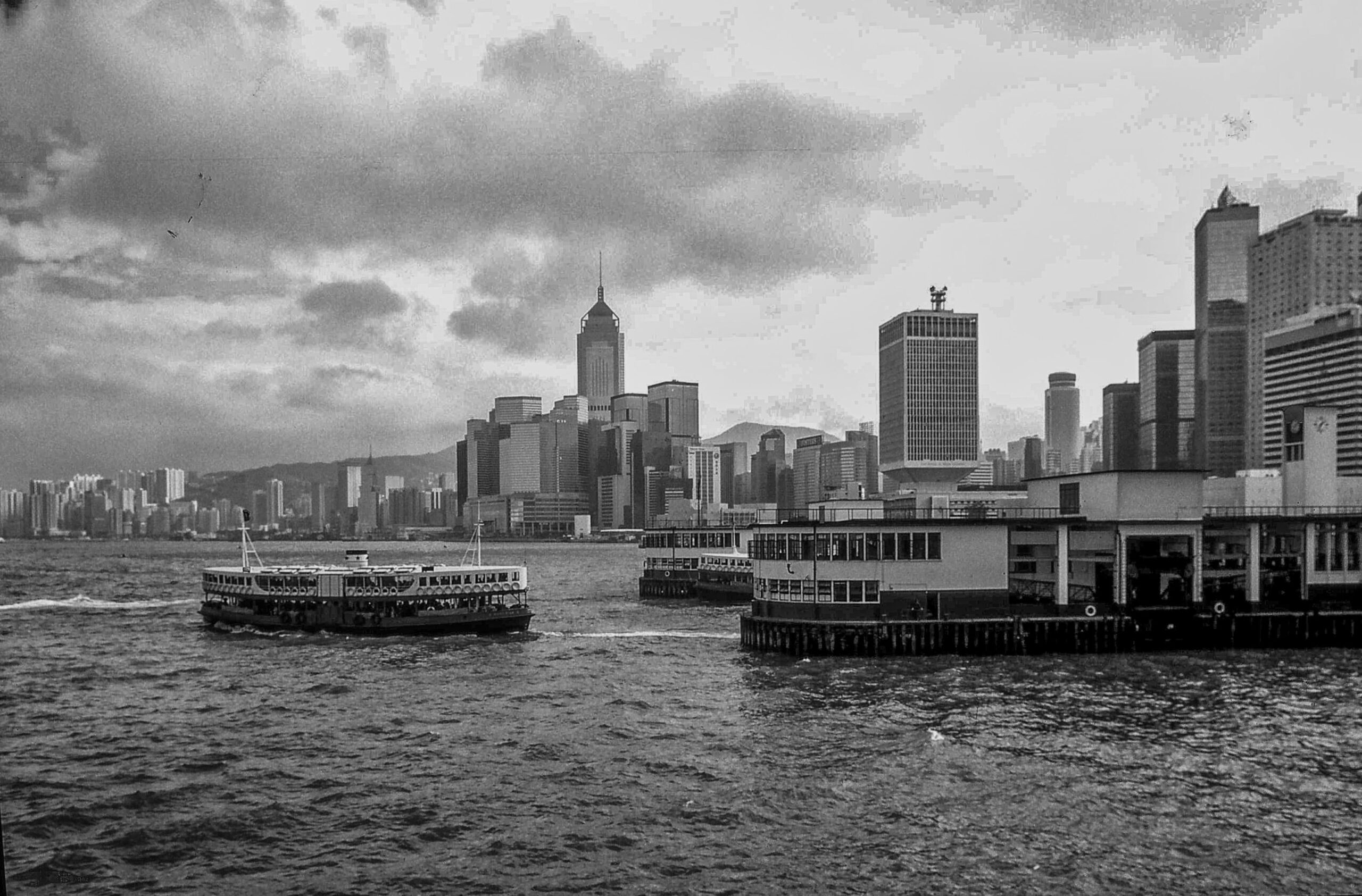




Thanks for the great article John. Fan Ho produced some wonderful images, it’s as though he could paint in black and white the way he used light. Your comment about not taking enough photographs while in HK immediately struck home with me as I made the same mistake when working in HK in the early 90’s. Like you, I thought I would return but alas did not. So, note to all -always take plenty of photos when visiting anywhere. Also, it’s much easier now we have digital cameras.
Thanks for a wonderful article and images. I did not know about Fan Ho. Great discovery
Good to know thanks. I see much more modern Fan Ho than Bresson. The way he handles light, subjects and composition. How abstraction from reality plays a maior role in comparison with Bresson’s straight humanitarian approach. Also Bresson was a foreigner everywhere and Fan Ho went nowhere to take his photographs.
https://fanho-forgetmenot.com/
Great photos and essay. I’ve heard of Fan Ho but will now spend some time studying his work. I had the pleasure of visiting Hong Kong several times between the late-80s and 2018 or so to work, and this essay gives me good incentive to dig out my photos from those trips – thanks!
Thank you for bringing me back to a city I love.
Inspirational work with a pukka tale! Love it!
Great article, he did for Hong Kong what Daido Moriyama did for Tokyo, documented their life cycle. There is a u tube video interview w English transcript attached and the China newspaper that had interview w his daughter talks about him only having one Camera Rollie and she says he hated digital, his current book HONG KONG memoir on Amazon for 240.00$.
Hi John – I really enjoyed the article! I especially like your writing. The photos were a treat and gave a real flavor of the city as it was then. I feel I have missed out in never having visited Hong Kong. I am not sure that I would want to travel there now. It seems to have become a very different city these days. Thanks again! Keith
Thanks you for your images and essay John. It feels like a lost time for sure. I will now have to do some researching on Fan Ho.
In Search of Lost Time, indeed!
Who stole my Madeleines then???
The Baron de Charlus, of course.
My intended meaning: the wonder of the article is that the photos and the words recreate thus world for us.
Well, I have just written three paragraphs of comments only to see them suddenly disappear!